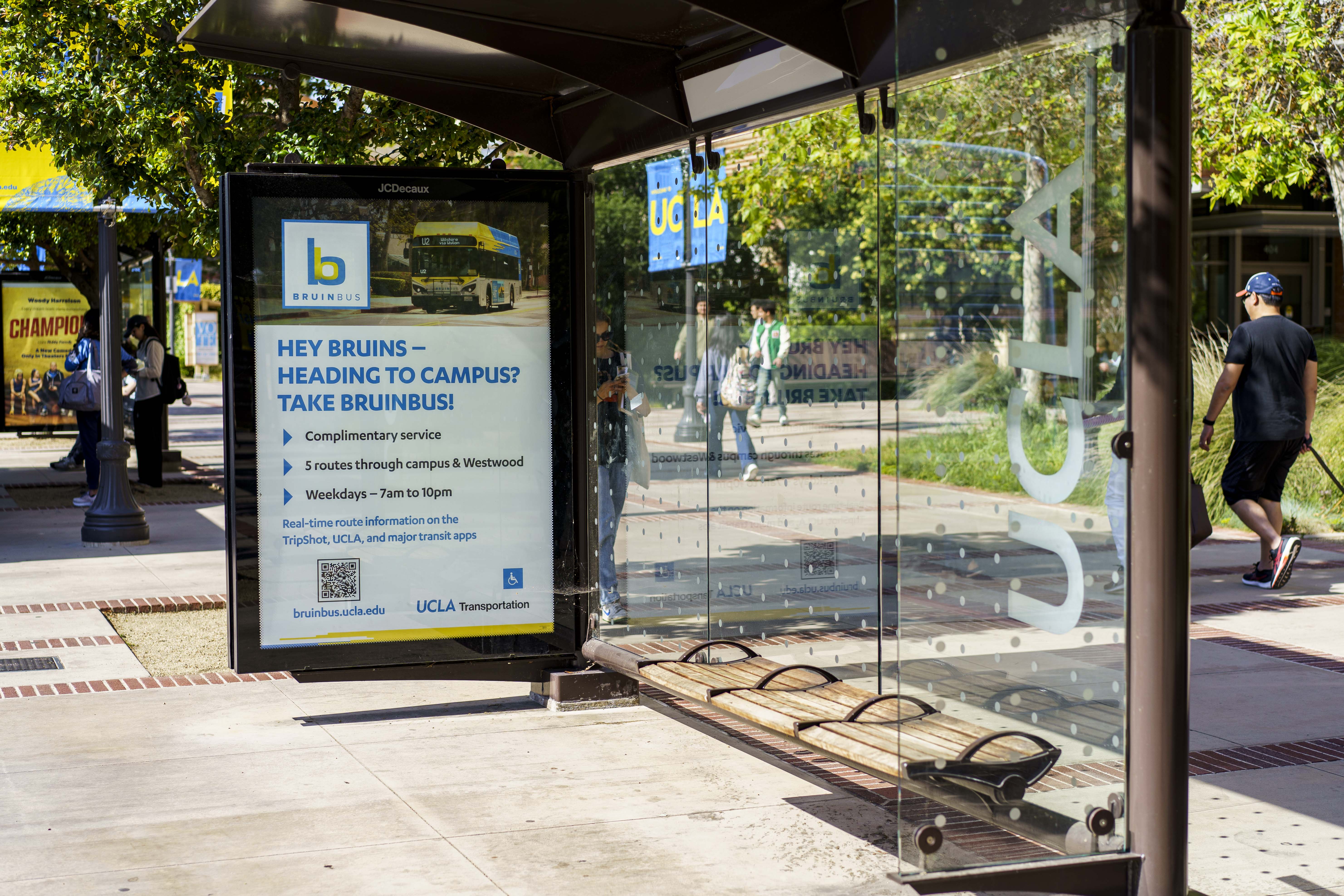UCLA team prototypes compact, efficient alternative to existing cooling technology

(Sophia Kim/Daily Bruin)
By Evelin Zaragoza Meza
April 5, 2025 1:50 p.m.
This post was updated April 6 at 11:44 p.m.
UCLA researchers designed a new compact cooling device that may have implications for tackling climate change and developing wearable technology.
The October study describes a heat pump that uses stacks of polymer that change in temperature under an electric field, a phenomenon known as the electrocaloric effect. The application of an electric field causes a temporary change in a material’s temperature, leading to an overall cooling effect, said Qibing Pei, co-inventor of the cooling device.
Pei said he and his fellow researchers focused on differentiating their device from traditional vapor compression systems, which require more energy. Their lab had previously developed a series of cooling devices but sought to improve their efficiency with a simple and compact structure, said Yuan Zhu, a co-lead author of the study and member of Pei’s lab.
The researchers wanted to develop a new type of cooling system with eco-friendly materials on a smaller scale than traditional air conditioners, said Hanxiang Wu, a postdoctoral scholar in Pei’s lab and another co-lead author of the study.
The device uses little electricity to realize the temperature change, unlike a traditional vapor compressor system, where other lab components are needed, Zhu said.
“We eliminate almost all of the parasitic materials in the heat transfer pathway, which means heat can be directly conducted away in a very efficient manner,” she added.
Installing heating, ventilation and air conditioning in a home is expensive and wastes energy, making the wearable device a less wasteful alternative, Pei said.
“With a wearable cooler, you just cool down the person, and that’s all we need,” Pei said. “The amount of energy that’s used is much smaller.”
Pei added that the device has many applications, including attaching it to clothes, hats or shoe insoles. If this device is commercialized, Pei said, it could help address climate change.
Wu said the technology could be used for both electronic cooling and managing the human body’s heat.
“Our material is soft – it’s a polymer material, so it is naturally compatible with this kind of application, although we still need to do some modifications,” Wu said.
The device could also help augment virtual reality experiences and possibly aid in cooling electric vehicles in the future, Zhu said.
However, the device currently meets only 1% of the necessary power required for electric cooling, so its efficiency must be increased to reach these goals, Pei said.
“We are working on getting industrial sponsors and government funding agencies to take the technology to the marketplace.” Pei said. “It will take years of development, but we are very optimistic about it.”




